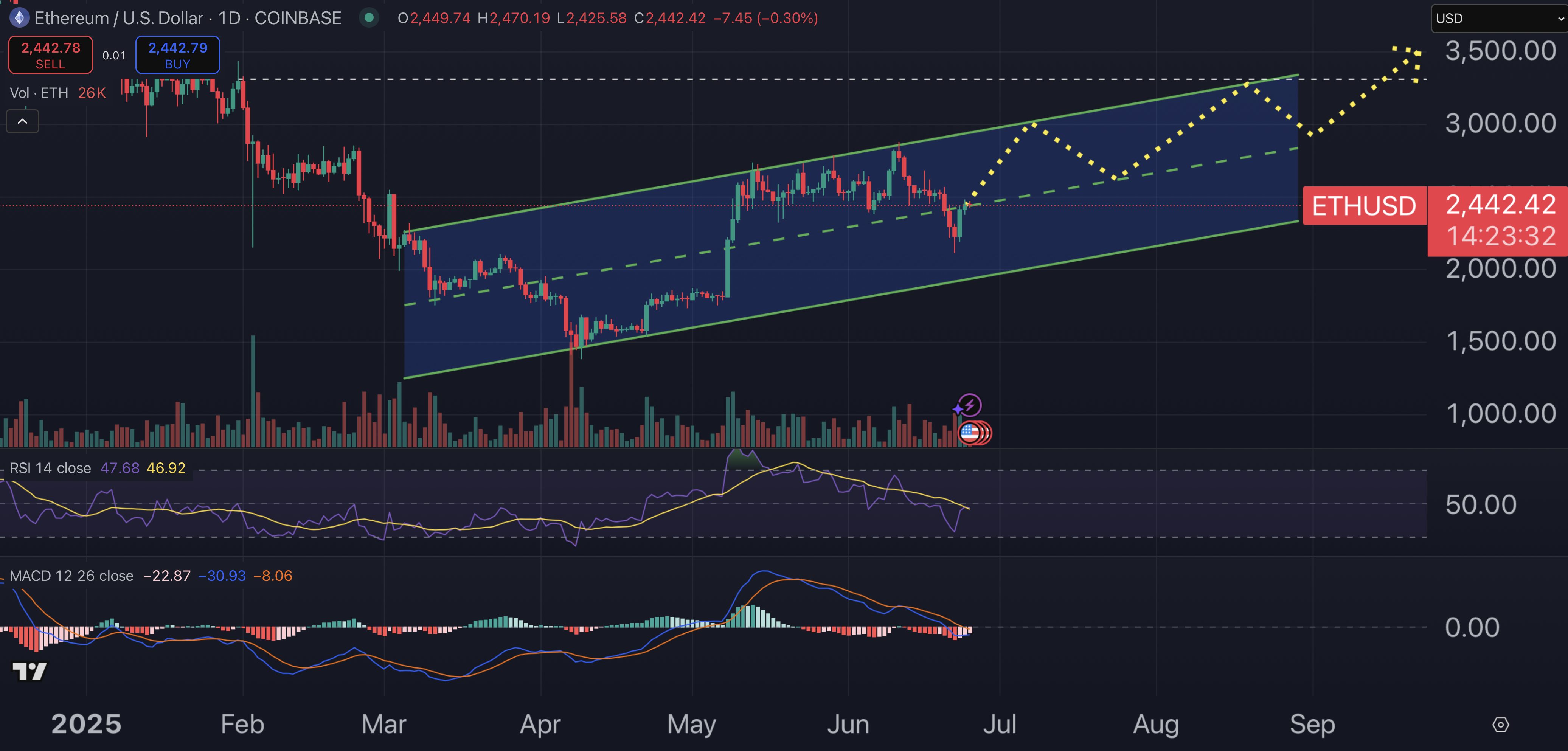HR executives play different roles for their respective companies: the connector, the motivator, the innovator. For Melissa Anderson, executive vice president and chief people and transformation officer for specialty chemicals manufacturing company Albemarle Corp., the moniker that most aligns with her work is “the transformer.”
“HR is the transformer of the business,” says Anderson, who was recently named a 2024 Fellow of the National Academy of Human Resources. “We’re the ones who help leaders take their business objectives, their vision for the company and really build the capability to bring it all together.”
Stepping up to this mandate to become an organization’s “growth engine,” she says, requires a willingness to disrupt, lead collaboration and recognize where and when the organization needs to change.
Transformation has been at the heart of Anderson’s work throughout her career, as she led HR at organizations including Duke Energy Corp., Domtar Inc. and Kangaroo Express. She spent 17 years at IBM, where her last role was vice president of HR in Global Financing. During her time at Big Blue, Anderson created the first Fortune 50 shared services center—an experience that allowed her to flex her transformation muscle.
Before the project, every IBM site had its own HR department, where talent professionals were tasked with everything from benefits enrollment to leadership development. By streamlining the model into a shared services center, IBM centralized services for more than 20,000 employees and retirees, allowing for more efficient delivery and better allocation of HR talent, she says.
That work helped lay the foundation for her current focus at Albemarle, where her title includes the word “transformation.”
“A big part of what my team and I spend time on is what’s the new operating system, the new model that can bring the prioritization of resources together with the right people in the room, collaborating on the right decisions,” she says.
The Albemarle HR function has adeptly navigated transformations stemming from a number of acquisitions and integrations, Anderson notes, as well as rapid growth in the last few years.
“The role I play is making sure the organization has the right data, the right people, the right skills—and that we’re coming together to make the right decisions at the right time,” she says. “Our lithium business grew very quickly, and we’re now in the process of deciding on investments for the future that will help continue that growth trajectory that we’re on.”
HR’s ability to harness that momentum will be key to ongoing transformation.
“What I get most excited about it,” Anderson says, “are those moments in time that are inflection points for an organization.”
What it takes for HR to lead transformation
HR is in a unique position to lead transformation, Anderson says, largely because of the qualities it takes to succeed as a modern HR leader.
“You have to be a planner, you have to be an organizer, you have to have a lot of intellectual curiosity,” she says, noting HR has one of the most “transferrable skill sets” of the C-suite.
“I’ve had the opportunity to work across multiple industries throughout my career. I always feel like every time I come to a new company, I’m better for having seen another industry, another company,” she says.
HR can also lend its growing capability for understanding and drawing insights from data to organizational transformation. In today’s world of work, data—particularly about workforces—abounds, and it’s “really dynamic,” Anderson says.
Companies that will win in the future are those that approach data strategically, she says—that not only look at current trends but understand what the data says about potential trends to come and bring a uniquely human sensibility to its analysis. That’s where HR can be particularly effective.
“It’s really important to look at that data critically, with a bit of healthy skepticism,” she notes. “Some of our tendencies can be to focus on data that only supports our point of view or hypothesis. But we in HR have to set up constructive discourse so we can have a healthy debate about the best, highest use of data.”
Credit: Source link











